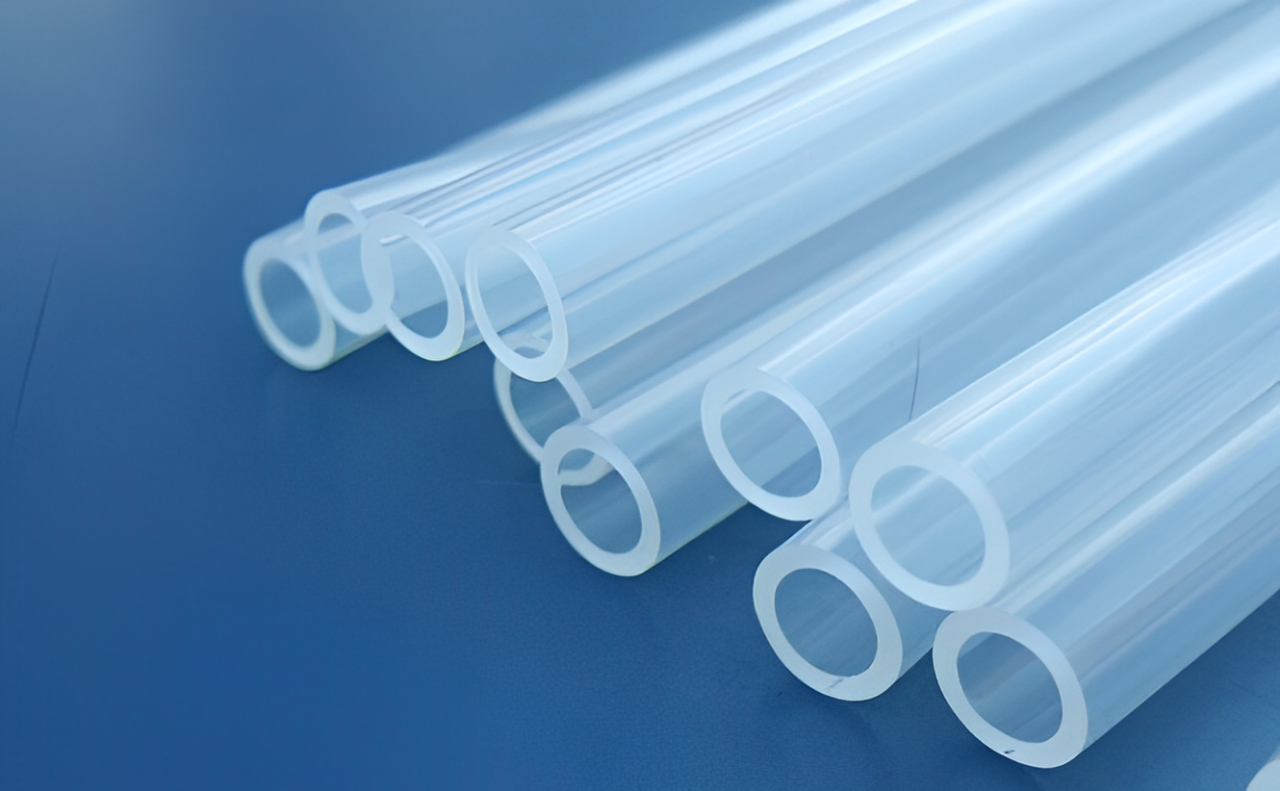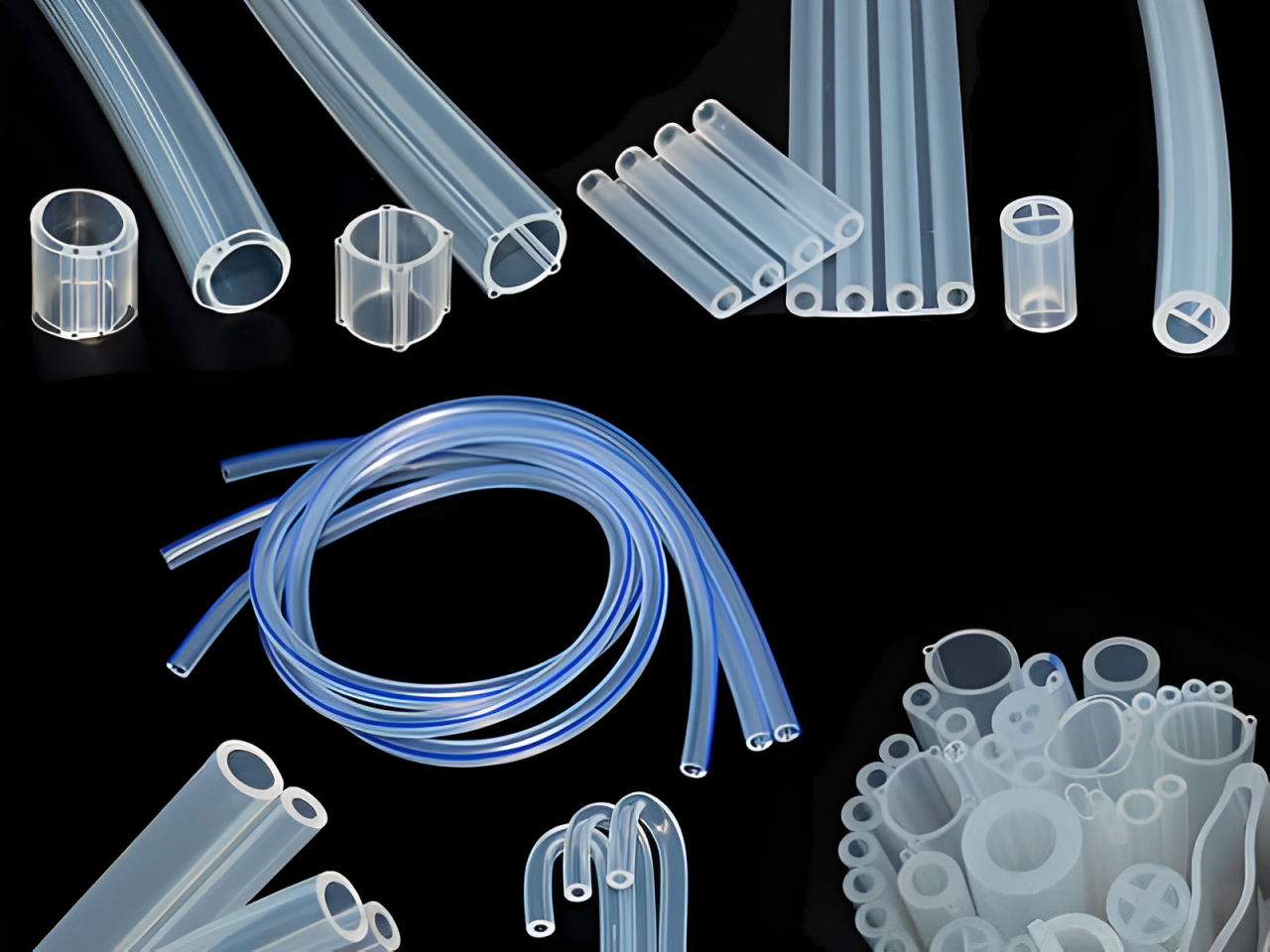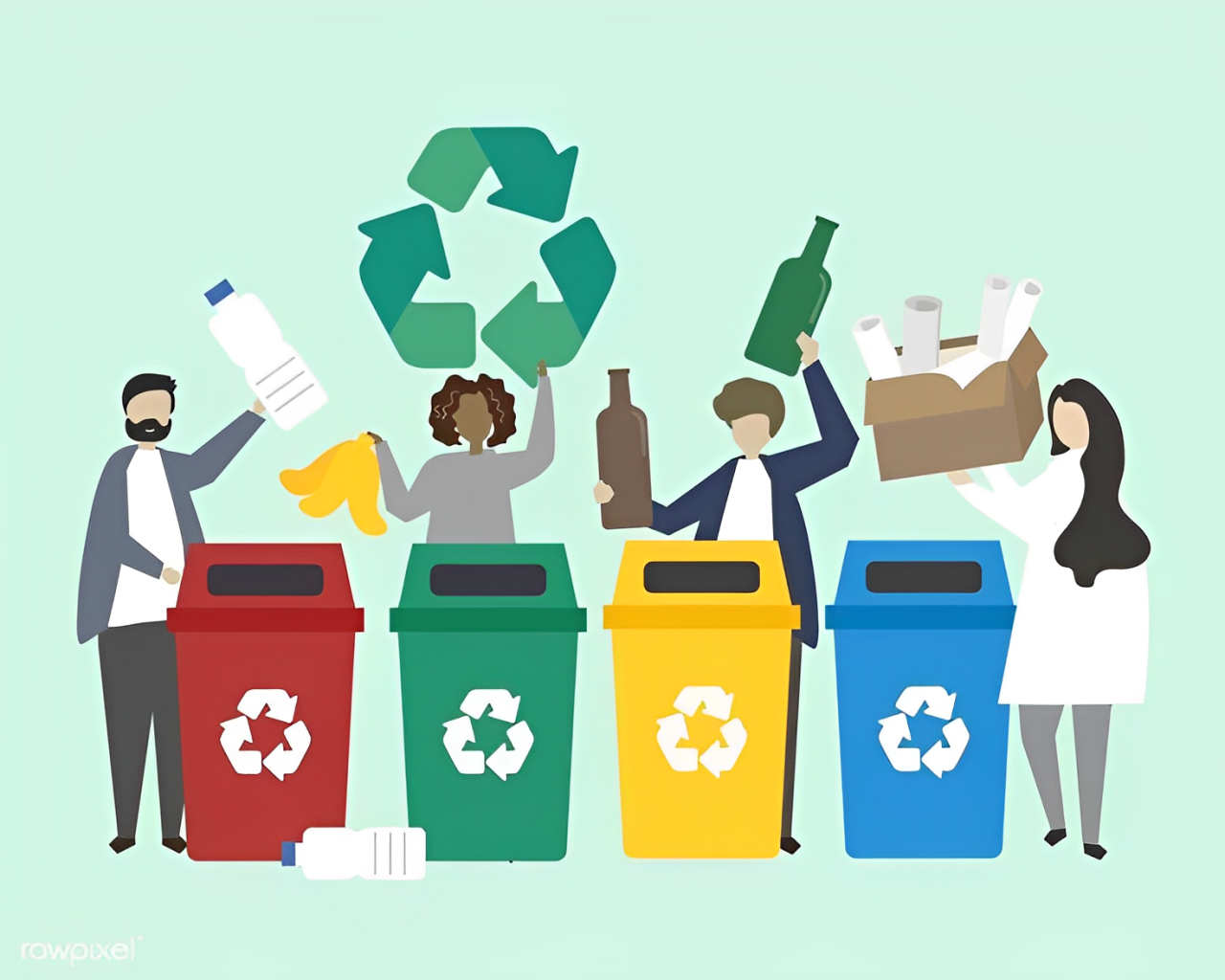In recent years, silicone cookware has become a popular choice in many households. They attract users thanks to their ease of use, unbreakability, and ease of cleaning. However, many people still ask the question: Are silicone cookware really safe?
What is silicone?
Silicone is a synthetic material made from silicon (a chemical element) combined with oxygen, carbon and other elements. With a special polymer structure, silicone is not only durable but also resistant to high temperatures, suitable for use in the kitchen.

Characteristics of silicone tools
Easy to clean
The silicone surface is dirt-resistant and dishwasher safe
Flexibility
Silicone is flexible and does not deform or crack during use
Heat resistance
Silicone can withstand temperatures from minus 40°C to 230°C or higher, suitable for ovens, microwaves and freezers.

Is silicone food safe?
Silicone products that meet food safety standards (certified by the FDA or LFGB) are generally considered safe to use. However, it is important to buy from reputable manufacturers, as poor quality silicone can release toxic chemicals when heated.

Notes when using silicone tools
Check for safety certification
Make sure the product is certified food safe
Avoid excessive heat
Although silicone is heat resistant, exposing it directly to a high heat source (such as fire) can cause damage
Avoid using unsuitable silicone
Use only utensils designed for food use, not industrial silicone

Environmental safety issues
Silicone has outstanding advantages over many other materials such as plastic, especially in terms of environmental sustainability:
- Reusable and durable: Silicone does not break down or lose quality over time, reducing the amount of waste generated compared to disposable materials.
- BPA and toxic chemical free: This reduces the risk of environmental pollution from production and disposal.
- Non-biodegradable: Although silicone is not biodegradable, it can be recycled at some specialized facilities, contributing to reducing the impact on the environment.

Are Silicone Cookware Safe?